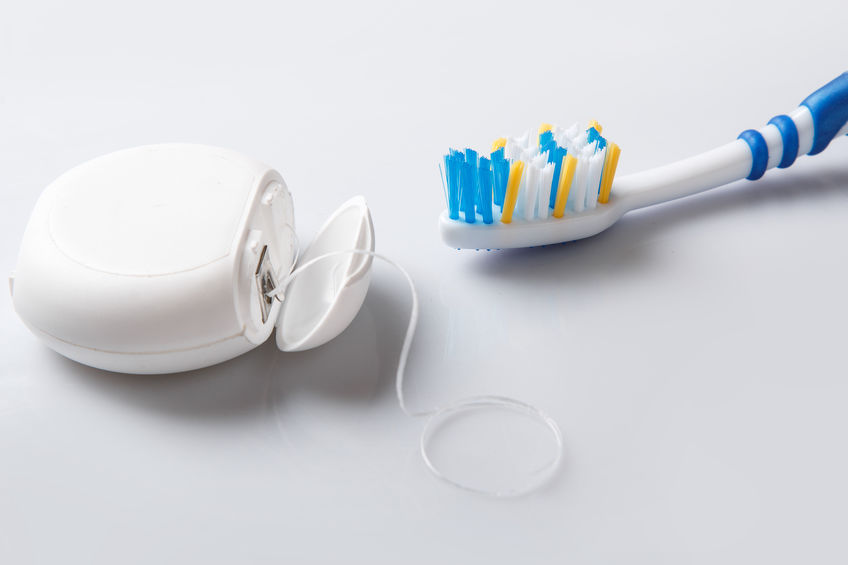There is a gap between what we know we should do and what we actually do. For example, we know we should exercise, yet we rarely make it to the gym. We know we should order the salad, but “chocolate cake” is what comes out of our mouths when we order. We know we should network for our careers, but Netflix seems to take precedence night after night.
And like anything else, we know we should be flossing, yet we don’t. Our patients, like you, know that flossing is essential to preventing gum disease, gingivitis, and cavities. We know it removes plaque and leaves us with a fresher, cleaner smile. So why don’t we do it?
It’s because information does not lead to transformation, and common sense is not common action. Knowing something doesn’t necessarily lead to doing it.
So rather than continuing to overload you with all of the ways flossing improves your life, we’re going to teach you how to make the habit stick.
Flossing Habits 101
There’s a story about a young comedian who asked Jerry Seinfeld what his secret to success was. Seinfeld told the young comedian to get a calendar and a red marker. He said to write one new joke every day, and then mark off the day on the calendar with a big red X. Then, his only job was to not break the chain. The longer the chain gets, the less he’d want to break it. And the longer the chain gets, the more likely it is to become a habit.
What Seinfeld intuitively picked up, is what researchers in behavioral change have been discovering over the past decade. Habit change is less about intensity and more about consistency.
Here’s what we know that we can apply to flossing so the next time you’re at the dentist, you don’t have to lie when asked, “Have you been flossing?”
1. Make it Easy:
The genius of the one joke per day rule is that it is simple. It’s something that the young comedian could do easily. For our purposes, set the goal of flossing one tooth every day. It’s a goal so simple that you can complete it no matter how you feel. No matter how exhausted you are, you can always floss just one tooth.
The advice comes from Standford Professor BJ Fogg who says there are a few things happening when you floss one tooth per day.
First, it’s likely you’re going to floss a second tooth… and then a third… and a fourth. Getting started is often the most challenging part of doing anything. The second is that you begin to see yourself differently. Psychologists show that we observe ourselves just as we observe others. When we repeat behaviors day after day, we begin to see ourselves as a certain type of person, so rather than “I should floss” you begin thinking, “I am a person who flosses.” That is the power of easy
Once you have a clear, simple goal, you need to make it visible.
2. Make it Visual:
The second strength of Seinfeld’s strategy is that it is visual. When we see a string of large red “X’s” on our wall, we’re motivated to keep it going. It stays top of mind. So how can you make your one tooth per day rule more visible?
Can you tell all your friends and family about your new habit? Can you put tally marks on your refrigerator showing all the times you achieved the one-tooth goal? Can you start a competition with a friend?
Put yourself on the hook, and the habit is more likely to stick.
3. Don’t Miss Twice
Finally, make it your ultimate goal to never break the chain. Meet your goal of flossing one tooth day-after-day, week-after-week and you’ll soon find yourself flossing your entire mouth.
Author and habits expert, James Clear says “Top performers make mistakes, commit errors, and get off track just like everyone else. The difference is that they get back on track as quickly as possible.” They never miss twice.
So for the next 30-days, set a goal to floss one tooth (making it easy) every day, and keep track of how many days you do it (making it visible), and then your only job is to “not break the chain.”

